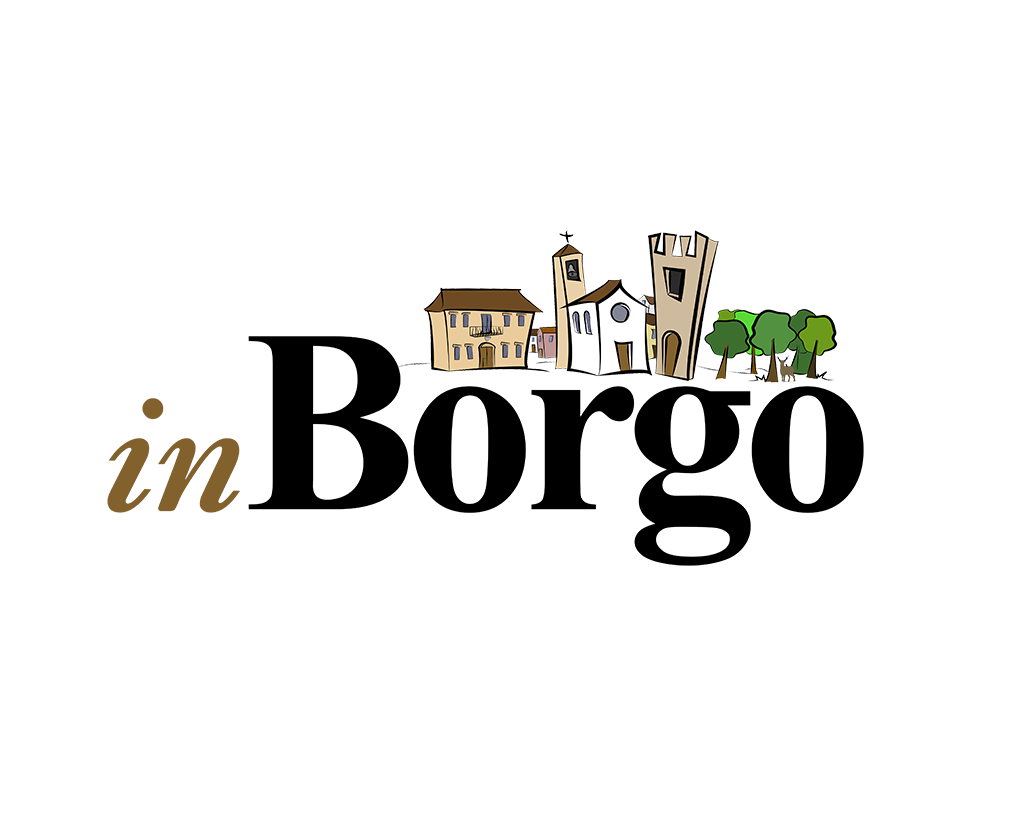
Nel territorio di Sassoferrato, una volta chiamata Sentino, si sono svolte alcune battaglie importanti nella storia: quella del 295 a.c. tra i romani e i popoli Sanniti, Galli, Etruschi e Umbri, durante la terza guerra sannitica ricordata come la battaglia delle nazioni, dove i romani ebbero la meglio. Una battaglia cruenta e decisiva per affermare la potenza di Roma in Italia. Un’altra battaglia avvenne nell’850 d.c. tra i bizantini e i Goti.
Le rovine della città antica di Sentinum furono usate, dal medioevo, per la costruzione di Sassoferrato.
Alcuni scavi furono effettuati a fine 800, e ripresi solo dopo il 1950. Importanti testimonianze del glorioso passato sono alcuni mosaici tra i quali il Ratto di Europa, visibile nel museo archeologico di Sassoferrato. Il parco archeologico, diviso in due parti, sono ancora visibili alcuni resti delle terme e una bottega.
Alcuni ritrovamenti ora sono in musei stranieri come il museum of fine art di Boston e la Gliptoteca a Monaco di Baviera.
Oltre al parco geologico, Sassoferrato presenta altri luoghi di interesse artistico e storico.
Il simbolo della città è l’imponente Rocca di Albornoz. Fu eretta nel 1365 dal Cardinale Albornoz (da cui il nome della costruzione). Altri edifici storici sono il palazzo dei Priori della metà del 1300, al cui interno viene ospitato il museo archeologico, il Palazzo Oliva, costruita dal Vecovo Alessandro Oliva, del XV secolo, ospita la biblioteca comunale oltre a collezioni d’arte.
Molti sono gli edifici religiosi presenti in città. Tra di essi la Collegiata di San Pietro, la Chiesa di San Francesco, quella di Santa Chiara dove è inglobato il santuario. Interessante anche l’Abbazia di Santa croce con interessanti affreschi recentemente restaurati.
In the territory of Sassoferrato, once called Sentino, some important battles in history took place: the battle of 295 B.C. between the Romans and the Samnites, Gauls, Etruscans and Umbrians, during the third Samnite war remembered as the ‘Battle of nations’, where the Romans prevailed. A bloody and decisive battle to assert Rome’s power in Italy. Another battle took place in 850 A.D. between the Byzantines and the Goths.
The ruins of the ancient city of Sentinum were used in the Middle Ages to build Sassoferrato.
Some excavations were carried out at the end of the 19th century, and only resumed after 1950. Important testimonies of the glorious past are some mosaics, including the Rape of Europa, visible in the Sassoferrato archaeological museum. In the archaeological park, divided into two parts, some remains of the baths and a workshop are still visible.
Some finds are now in foreign museums such as the museum of fine art in Boston and the Glyptoteca in Munich.
Besides the geological park, Sassoferrato has other places of artistic and historical interest.
The symbol of the town is the imposing Albornoz Fortress. It was erected in 1365 by Cardinal Albornoz (hence the name of the building). Other historical buildings are the Palazzo dei Priori from the mid 14th century, which houses the archaeological museum, and the 15th century Palazzo Oliva, built by Vecovo Alessandro Oliva, which houses the municipal library as well as art collections.
There are many religious buildings in the town. These include the Collegiate Church of San Pietro, the Church of San Francesco, the Church of Santa Chiara where the sanctuary is incorporated. Also of interest is the Abbey of Santa Croce with interesting frescoes that have recently been restored.

